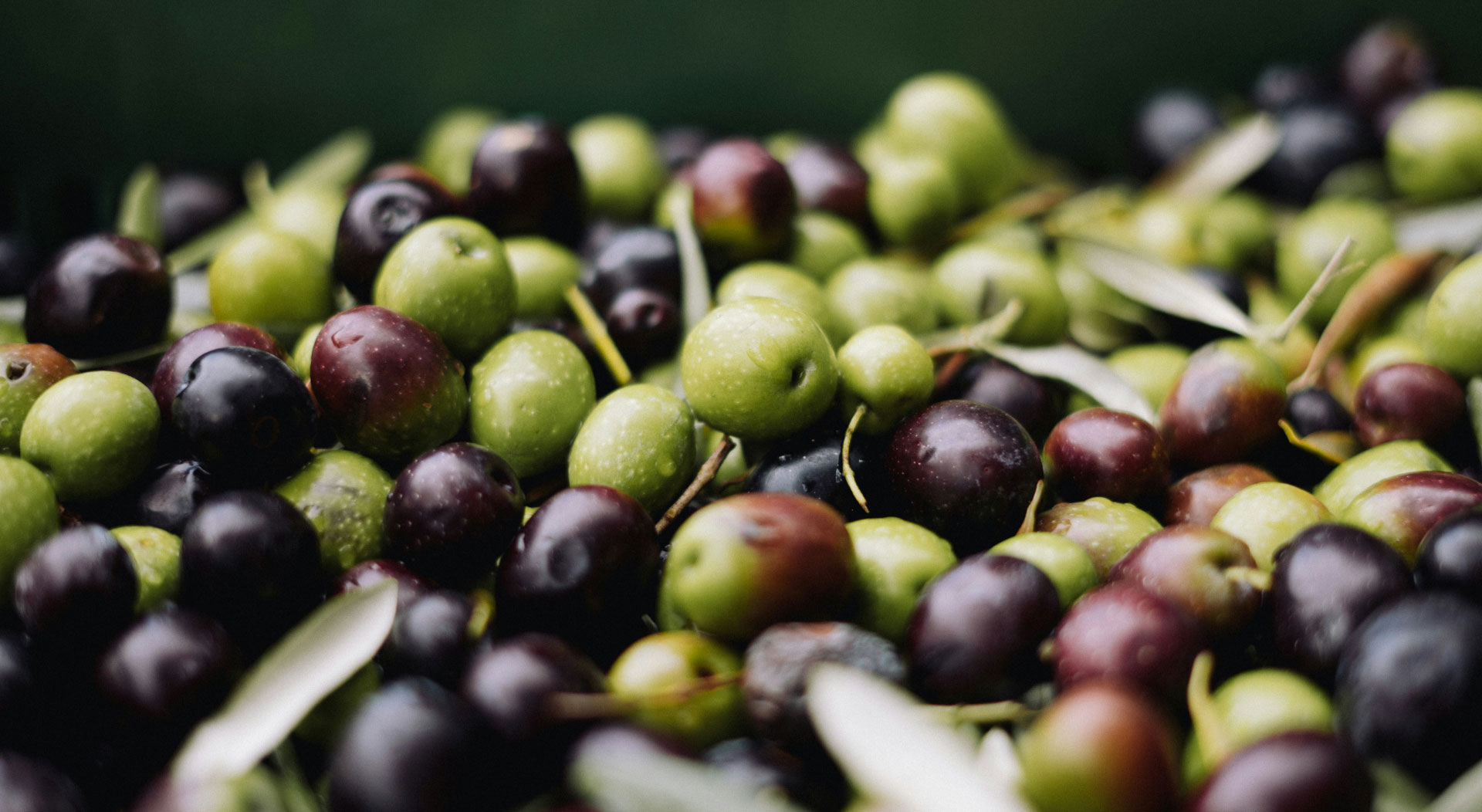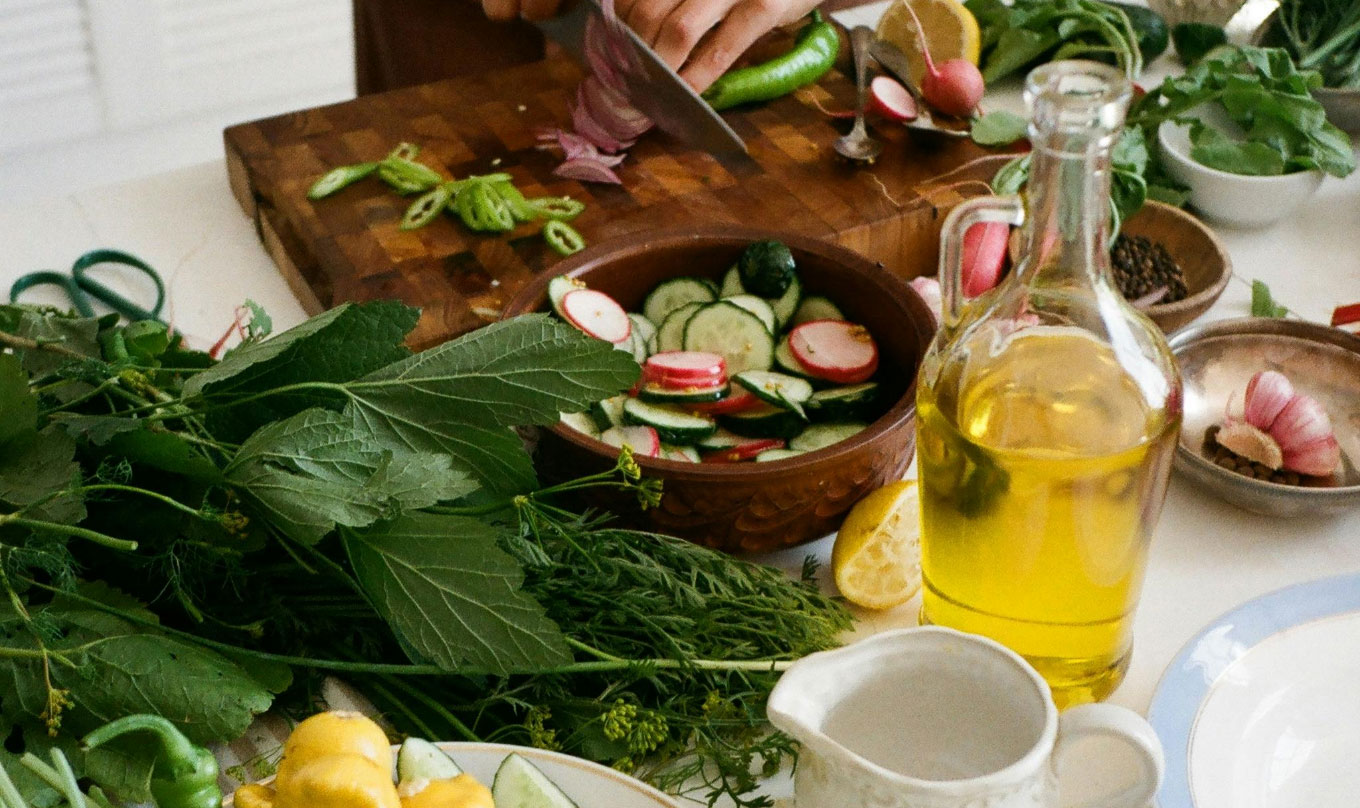 06.06.24
06.06.24
Olive Oil Categories
Explore the main categories of olive oil, defined by distinct production methods and chemical parameters, essential for assessing their quality and suitability in various uses.
read more
Supposedly you walk into a market to buy olive oil. You go to the designated shelf and see many brands, sizes and bottles. How do you choose?
In this article, we will go through some common knowledge, offer some insight and learn how to read the label and through the label:
Starting from the very beginning, the container itself is vital. Avoid transparent glass because it doesn’t shield olive oil from light, olive oil’s enemy. Choose a dark glass bottle or a tin can, stored on a shelf without access to direct sunlight.
Next is the category. As a philosophy, we choose Extra Virgin Olive Oil, since it always has the best price to quality ratio. There would be a point in buying lesser categories if you lived in Greece which is a producing country and you consumed an average of 20 ltr per person per year. For categories see here. And yes, you can fry with Extra Virgin Olive Oil.
Following is the extraction method. There are two possible options here:
It is best to pick cold extracted olive oils since this is the industry standard and is comparably superior to pressing in most of the examined aspects.
Then, we go to the origin. Before choosing, it is good to remember that no country can claim to produce the best olive oil. Good olive oil comes from areas inside countries. An area that produces high-quality Extra Virgin Olive oil is Apokoronas, where our village of Tsivaras is situated. But how can someone know these areas?
All these areas are designated under the Protected Geographical Indication (PGI) and Protected Designation of Origin (PDO) status. All origin claims must go back to these areas in order to have any significance. “Produced in <Country>” isn’t a locality claim, since E.U. legislation allows European companies to import olive oil from an E.U. country and, after proper categorization, can be sold as native to the bottling company. This applies to all E.U. countries, both as sellers and as importers.
PDO and PGI cannot be tampered with, are fraud-proof and they are the only safe way to properly understand where your olive oil is from.
Don’t fall for the price trap. The fanciest or the most expensive bottle on the shelf isn’t always the best. Instead:
Try one brand
Take notes
Try another
Build your own olive oil tasting journey
You’ll eventually develop a go-to list based on taste, region, and quality.
After buying it, storage is still important. We try to protect olive oil from its enemies:
 06.06.24
06.06.24
Explore the main categories of olive oil, defined by distinct production methods and chemical parameters, essential for assessing their quality and suitability in various uses.
read more 06.06.24
06.06.24
Discover the health benefits and dietary principles of the Mediterranean diet, emphasizing olive oil as a key component for longevity and cardiovascular health.
read more